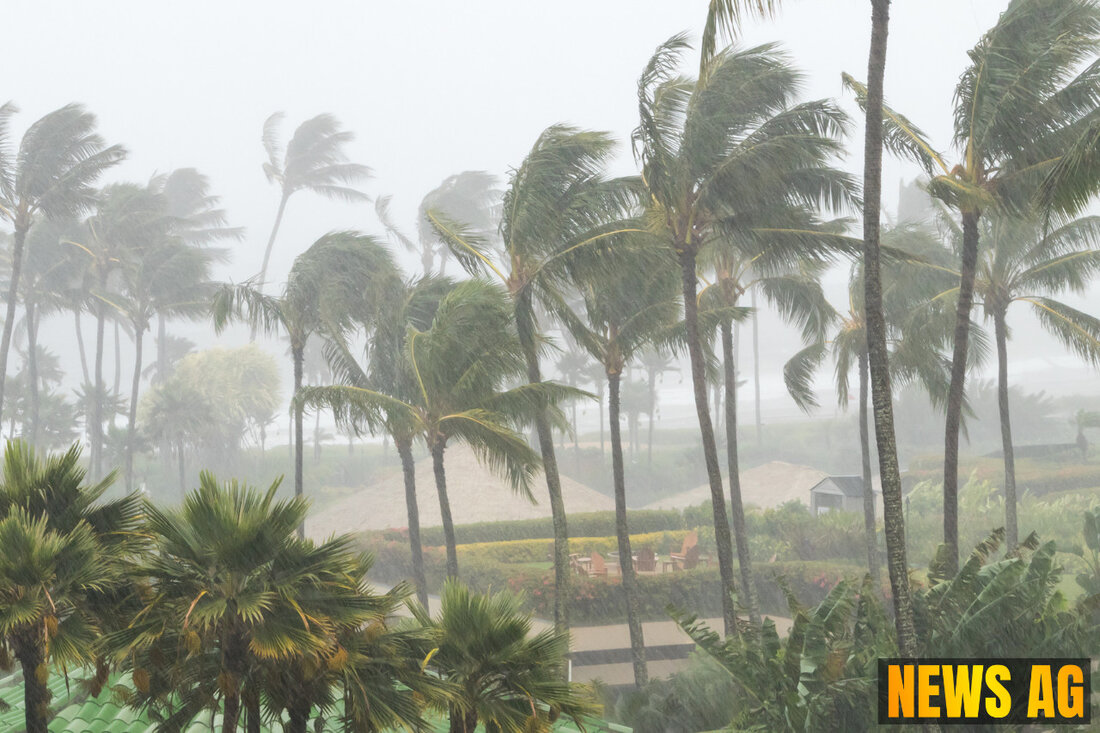Inventor Takes On Florida After Innovative Hurricane Product Excluded!

Lake Park, Florida, USA - In recent news, a Central Florida inventor is making headlines by challenging the state on its wind mitigation grant system. John Smith, the brain behind a product known as Storm Stoppers, has taken legal action against the Florida Office of Insurance Regulation and the Department of Financial Services. His grievance? Despite passing rigorous wind tests and being a cost-effective alternative to traditional hurricane preparedness, Storm Stoppers is excluded from the state’s My Safe Florida Home program.
Storm Stoppers are lightweight, reusable panels that attach with 3M industrial fasteners. Unlike conventional metal hurricane shutters, these panels can be quickly removed from the inside during emergencies, an innovation that adds a layer of convenience for homeowners. With the ability to withstand wind speeds of up to 126 miles per hour, equivalent to a Category 3 hurricane or an EF-2 tornado, the product certainly proves its worth on the test front. However, its design doesn’t meet Florida’s stringent building code guidelines, which only recognize “permanent” systems that involve screws and bolts. This means homeowners who choose Storm Stoppers get no credit on their insurance premiums or state reimbursement—even though the investment typically costs less than $3,000 for a whole home, a stark contrast to the $10,000 to $12,000 usually needed for traditional shutter systems.
A Close Look at Florida’s Grant Program
The My Safe Florida Home program, highlighted by My Safe Florida Home Program, allows homeowners to apply for grants up to $10,000 for approved wind mitigation upgrades. However, to qualify, homeowners must contribute one-third of the project cost. For example, if a homeowner spends $15,000 on impact-rated windows, they pay $5,000 while the state kicks in the remaining $10,000. If the total costs exceed $15,000, the state’s contribution caps at $10,000, leaving homeowners to foot the excess bill. Yet, Storm Stoppers do not figure into this equation, as they are not recognized as “permanent” structures under the current guidelines.
What’s alarming is how many homeowners might be facing a similar predicament. Options like hurricane-resistant windows are also subject to strict criteria for insurance discounts. According to How to Look at a House, only certain “impact windows,” which can endure high winds as well as resist flying debris, meet the discount criteria stipulated on wind mitigation forms. These impact-rated products are even required by code in more vulnerable regions such as South Florida and coastal areas, but are not uniformly mandated across the entire state.
The Call for Change
Smith’s lawsuit underscores a broader issue—a need for flexible policies that embrace innovative technologies that enhance safety while providing homeowners with more financial options. The argument presented by Smith’s attorney focuses on how re-evaluating the criteria for wind mitigation products could lay the groundwork for a more inclusive approach, potentially affording recognition to effective products like Storm Stoppers.
Ultimately, as hurricanes become an ever-present threat in Florida’s climate, homeowners ought to have access to a range of affordable and effective options for protecting their properties. Whether through traditional methods or innovative inventions, safety and consumer choice should reign supreme. Smith believes in these values, and his legal journey may pave the way for significant changes in Florida’s wind mitigation landscape.
| Details | |
|---|---|
| Ort | Lake Park, Florida, USA |
| Quellen | |
